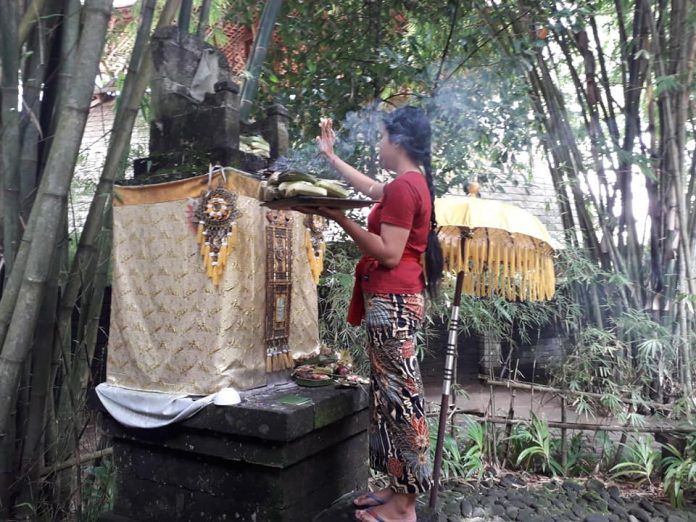
THE fabled Balinese life is real as I discovered the moment I landed at the modern yet traditionally-embellished Ngurah Rai International Airport at Denpasar.
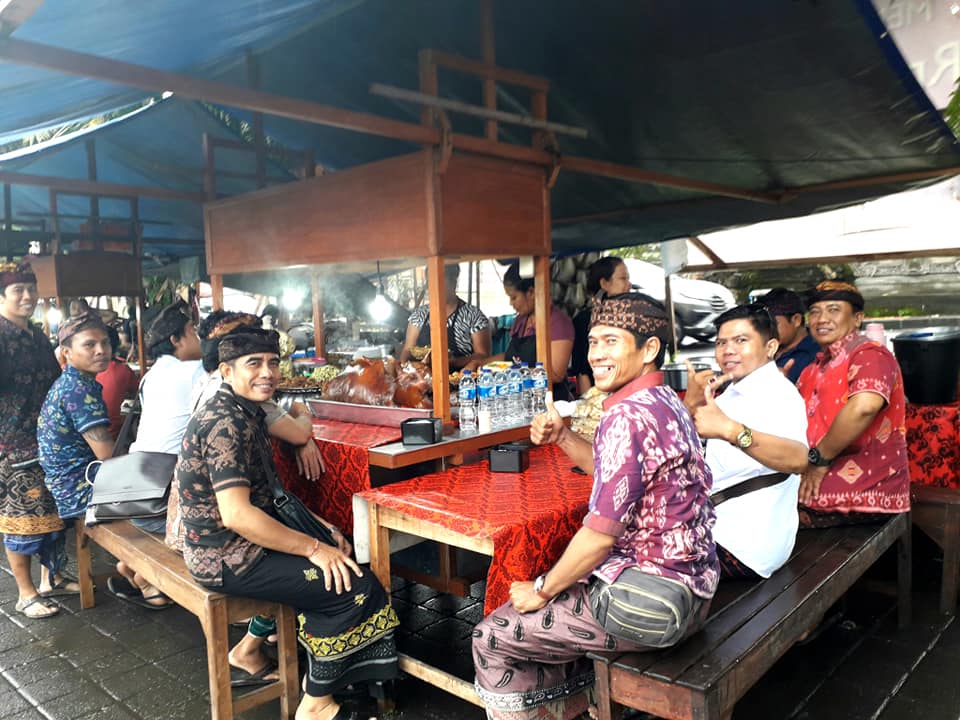
Orchid blooms cascaded from their pots and the penjor, that towering half arch of gratitude created by installing a festively-decorated bamboo pole with an offering at its tip, is an art installation by itself that lines streets at certain times of the year. Flowers are all around and the Balinese love for nature and beauty is evident in the profuse colorful blossoms in the market sold for canang sari or temple offering, or on the museum steps dotted with marigolds, or in the paper napkins folded and carefully piled up in the holder to resemble a lotus. Black-and-white checkered fabrics (saput poleng) are wrapped around objects and represent yin and yang.
Although Dutch rule had a dominant role in the history of Indonesia, it is an amazing experience to see this part of the archipelago still continuing the traditions of their forefathers. Basically Javanese as a background, Bali practises Hinduism in a country that is predominantly Muslim. This fact had shaped the culture and way of life of the Balinese from customs, to cuisine, to garb, the airport and the environment.
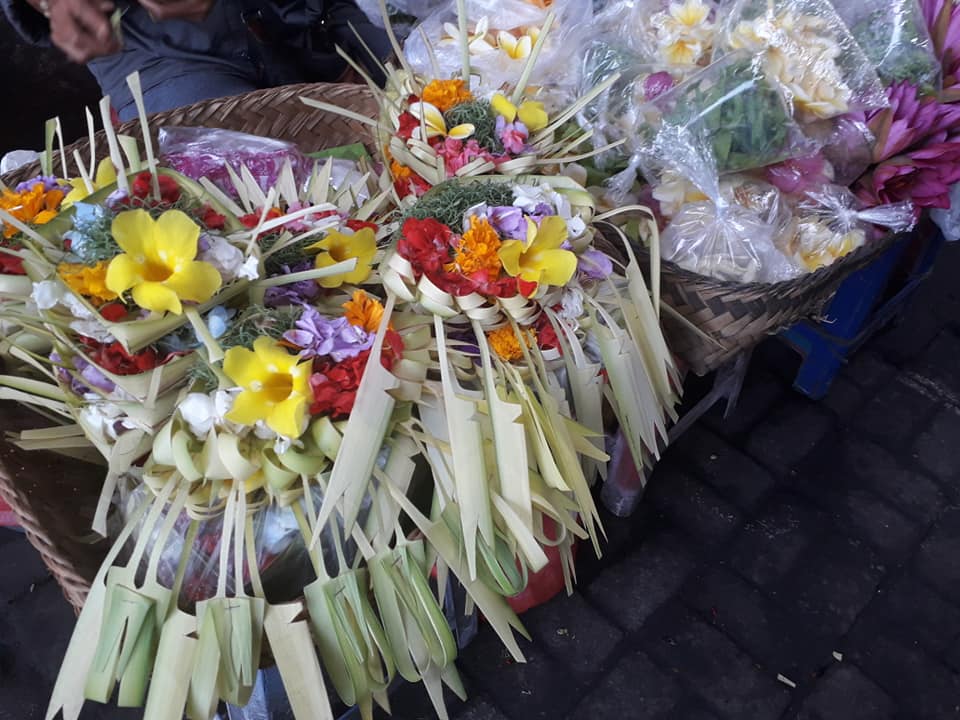
At the Ngurah Rai, the sales clerks were in their kebaya and kain (for the females), and shirt, kain and the headdress udung (for the males). Then, as I would find out, the traditional garb is used in everyday life as I witnessed in Ubud, the cultural and art center of Bali. The kebaya and kain are especially reflective of the Balinese celebration of the female as these are worn close to the body.
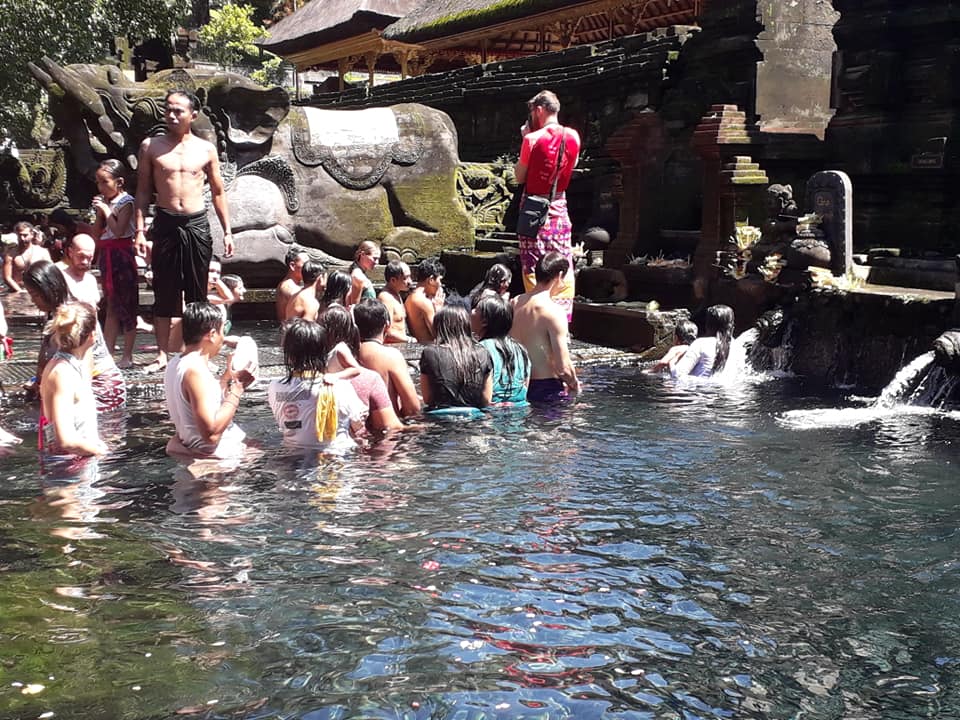
It was a jolting revelation for me to see some women carrying their basket of offerings on their heads and walking in a file to some temple. At temples, no one enters unless modestly attired. At the Holy Spring sarongs are lent out to those who need to cover up. To think that Bali is known the world over for its bare-breasted women!
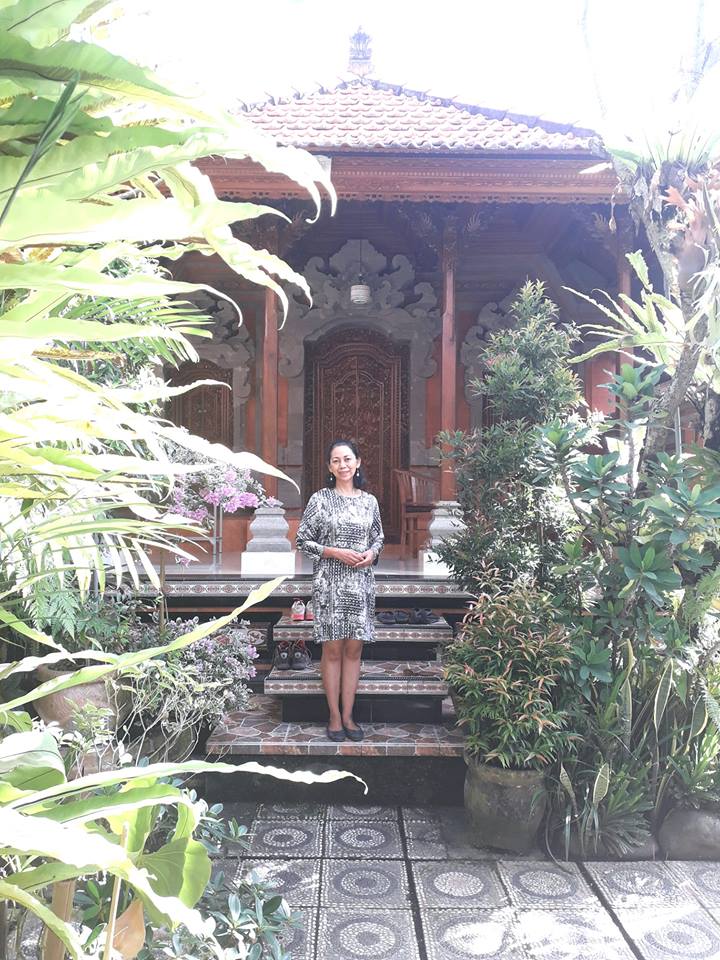
The Hinduism philosophy of Tri Hita Karana or “Three ways to reach spiritual and physical well-being” is applied to all facets of life: harmonious relationships between humans, between humans and their environment, and humans with the Supreme God. As an example, this concept is behind the creation of the Sacred Monkey Forest Sanctuary where monkeys roam free and the sanctuary is designed to provide the primates as natural an environment as possible.
For more stories, visit my website:www.betsynegrense.com./PN







